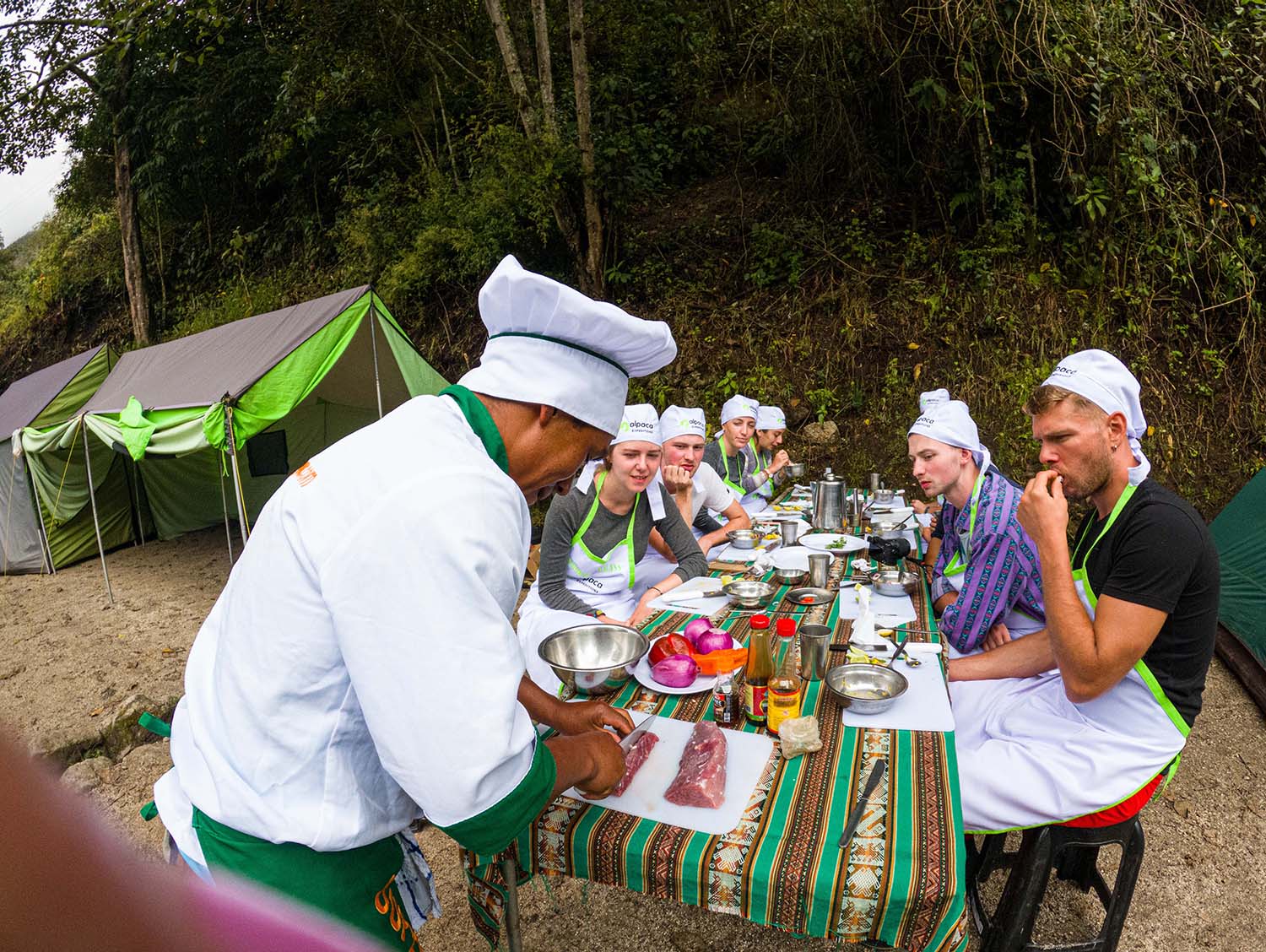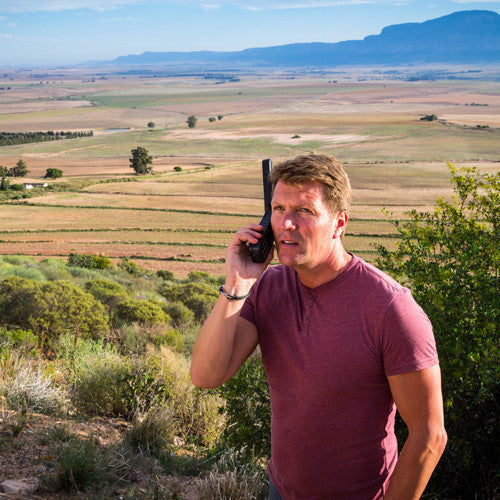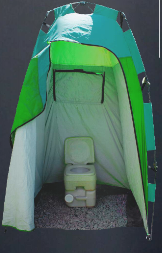Which Is Harder: Kilimanjaro or the Inca Trail? A Detailed Comparison
Kilimanjaro and the Inca Trail are two of the most famous trekking adventures in the world. Kilimanjaro is the tallest mountain in Africa, located in Tanzania, and attracts climbers from across the globe.
The Inca Trail, on the other hand, is a historical route in Peru that leads to the breathtaking ruins of Machu Picchu, an ancient city of the Inca Empire. Both treks are unique and offer amazing experiences, but they are also very different in terms of difficulty, scenery, and culture.
This blog is here to help you compare these two iconic treks. Whether you’re looking for a thrilling challenge or a cultural journey through history, understanding the differences can help you pick the right adventure for you.
If you’re thinking about the Inca Trail, Alpaca Expeditions is a great choice. They are experts in organizing treks and ensuring that your journey is safe, enjoyable, and unforgettable. With experienced guides, excellent support, and a passion for sharing Inca history, Alpaca Expeditions makes the Inca Trail a truly special experience.
Let’s dive deeper into the details to see which trek might be the best fit for your next adventure!
Overview of Kilimanjaro and the Inca Trail
Kilimanjaro
Kilimanjaro is a famous mountain in Tanzania, Africa. It is the tallest mountain in Africa, with its highest point, Uhuru Peak, standing at 5,895 meters (19,341 feet). The trek to Kilimanjaro usually takes between 5 to 9 days, depending on the route you choose.
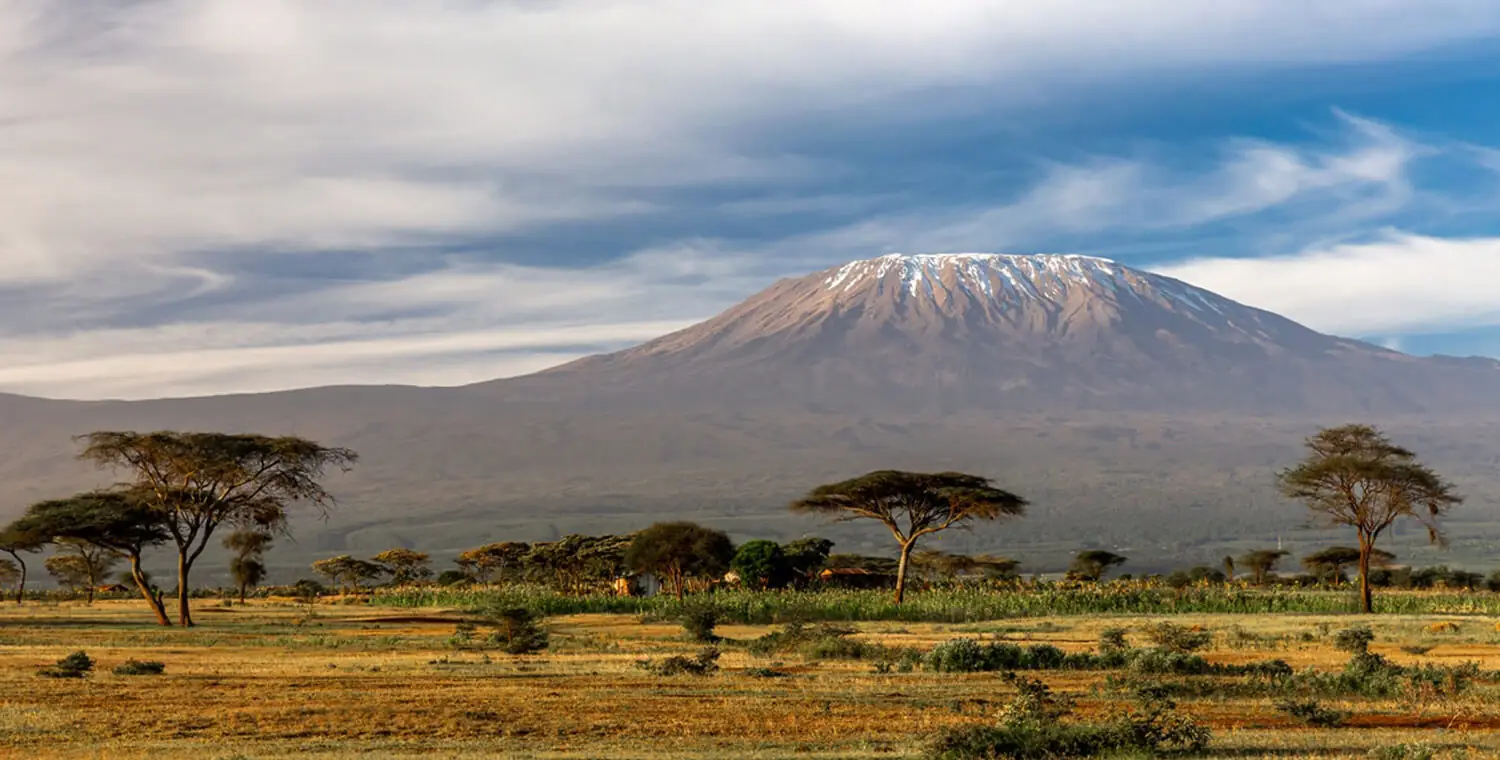
Kilimanjaro is known for its high altitude, which makes breathing harder as you go higher, and its mix of terrains, including forests, rocky paths, and even icy slopes near the top.
Inca Trail
The Inca Trail is a historic trek in Peru, South America, that leads to the ancient city of Machu Picchu. The highest point of this trail is much lower than Kilimanjaro, at 2,430 meters (7,972 feet). The trek typically takes 4 to 5 days to complete. The Inca Trail is famous for its stunning views, ancient Incan ruins along the way, and its cultural and historical importance.
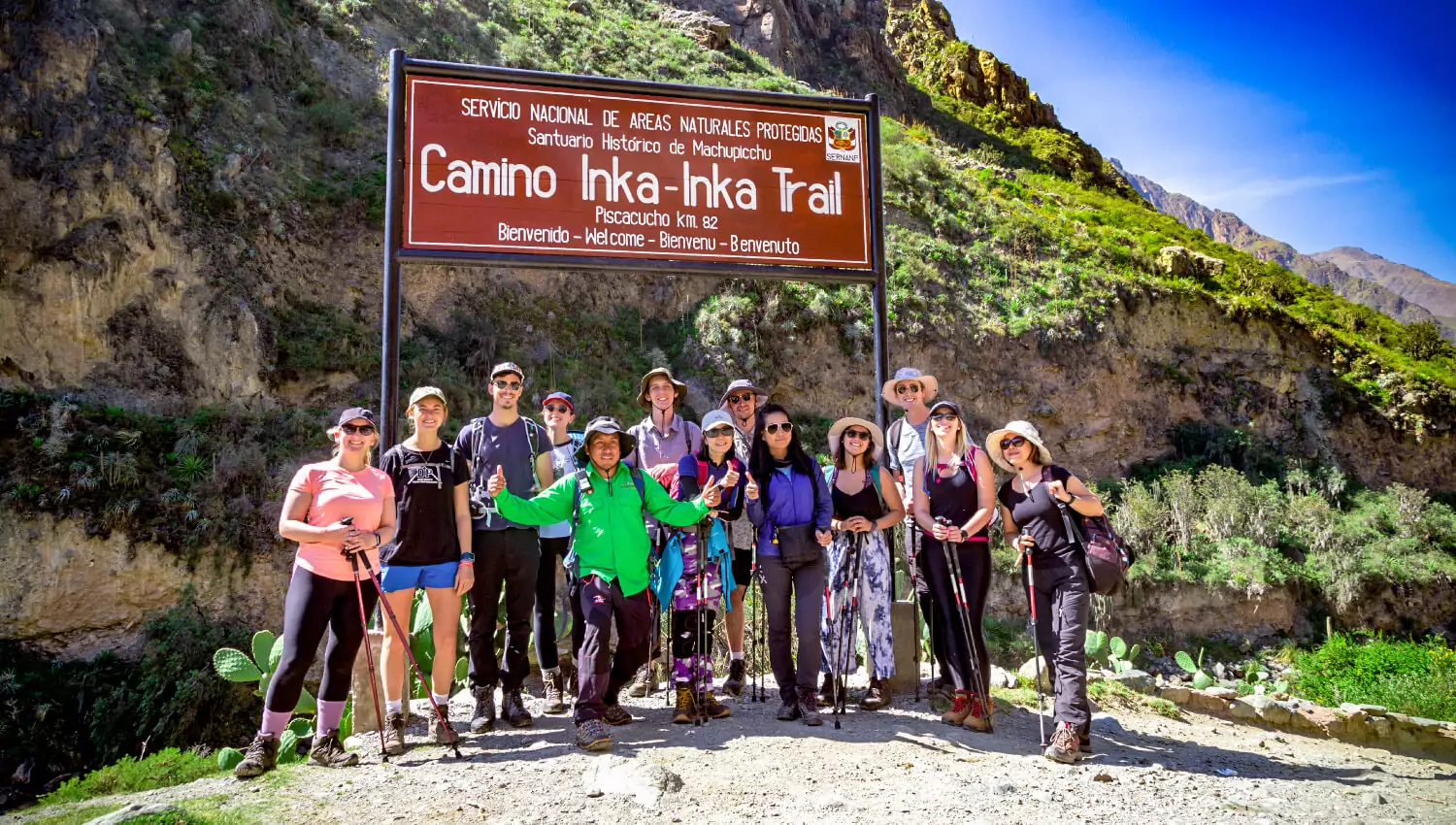
Both Kilimanjaro and the Inca Trail offer unique experiences, with Kilimanjaro being a tough mountain climb and the Inca Trail being a scenic journey through history.
Physical Challenges
Kilimanjaro:
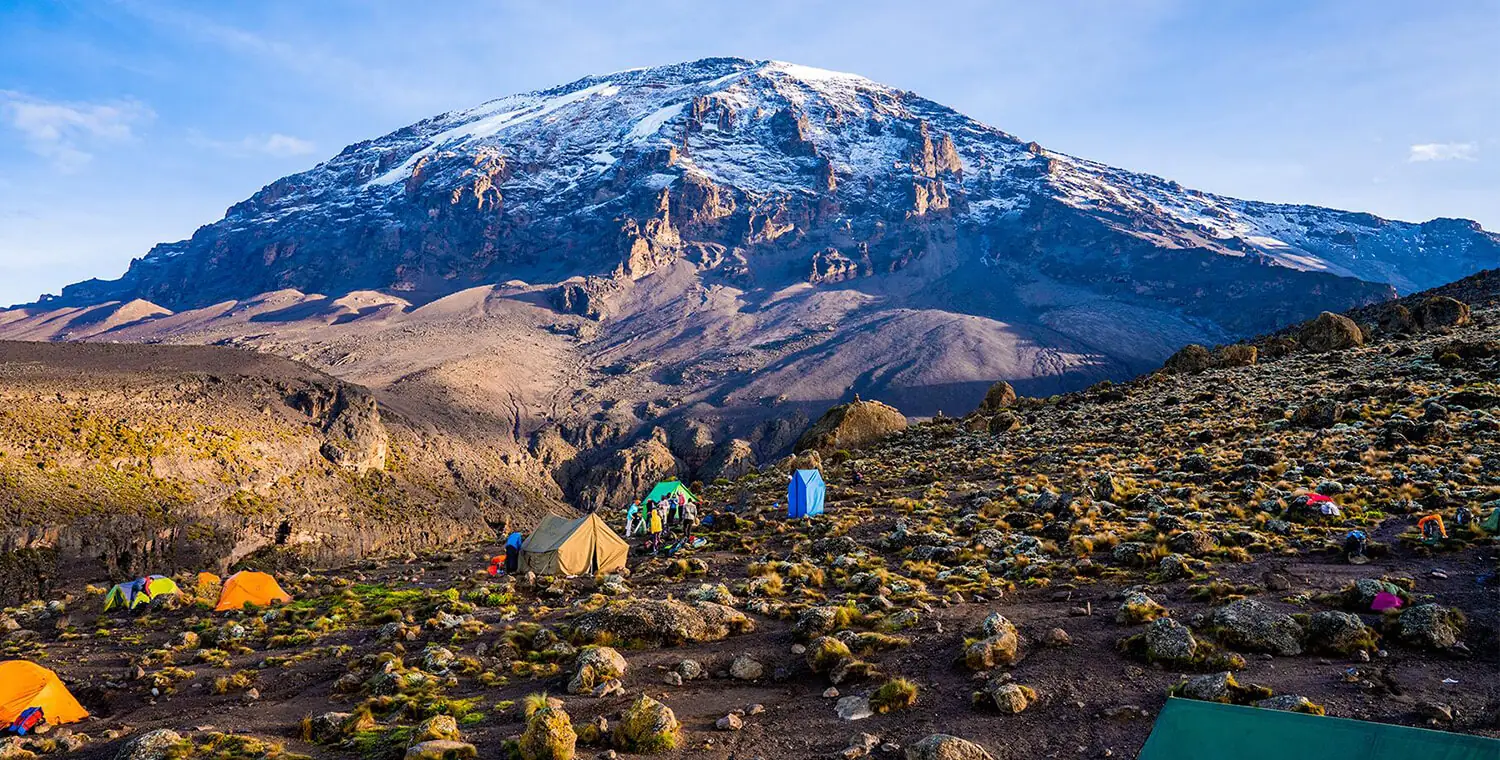
Climbing Kilimanjaro is a high-altitude trek, which means you will be walking at very high elevations where there is less oxygen. This can make it harder to breathe and might cause altitude sickness. The trek has steep slopes, long walking hours, and cold weather near the top. You need to have good stamina, physical fitness, and mental strength to keep going.
Inca Trail:
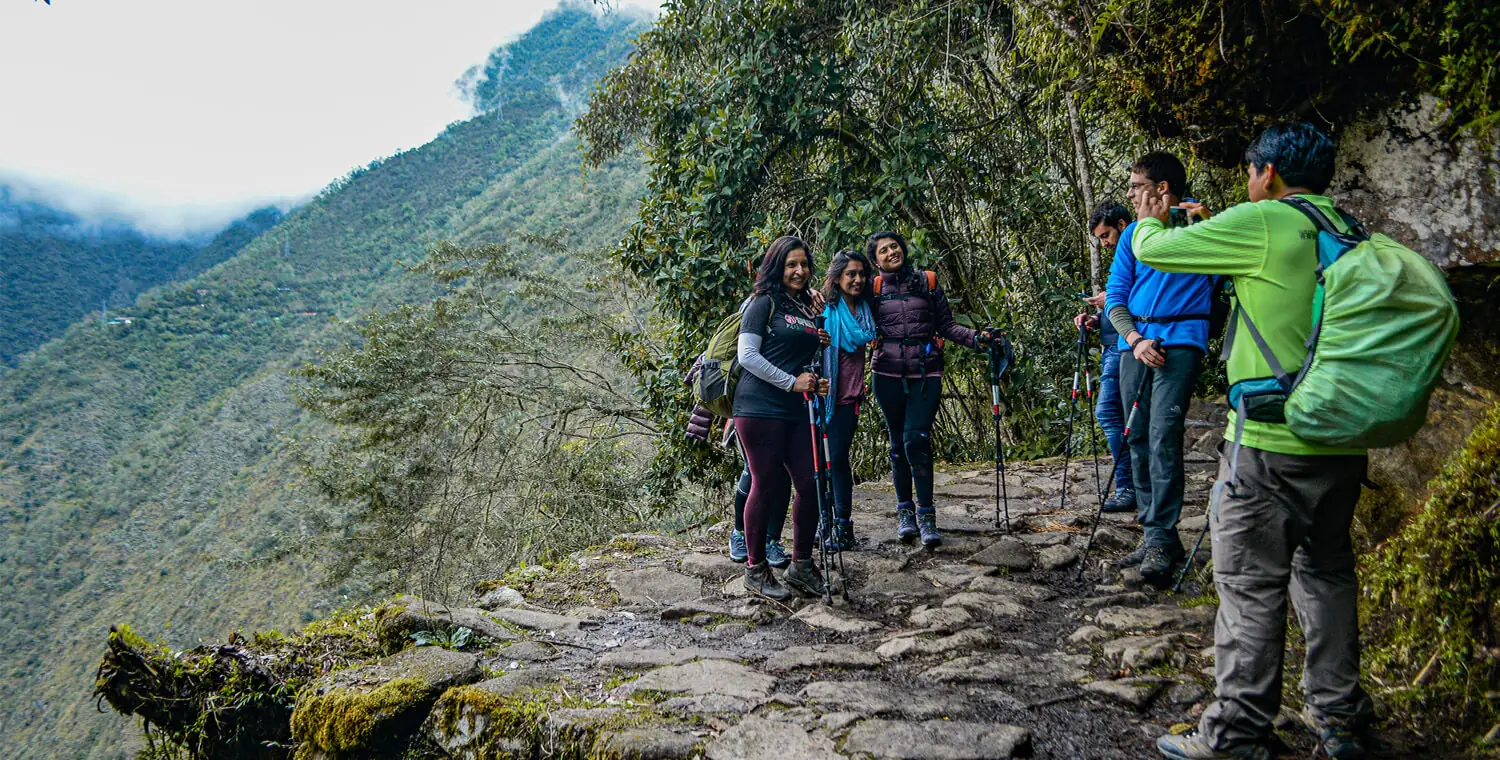
The Inca Trail also involves high-altitude hiking, but the elevations are not as extreme as Kilimanjaro. However, the trail has steep stone steps and uneven paths, which can be tough on your legs. The trek does not give you a lot of time to adjust to the altitude, so it’s important to prepare in advance. While it is less demanding than Kilimanjaro, you still need to be in decent shape and ready for a challenge.
Both treks require preparation, but Kilimanjaro is harder because of the high altitude and tougher conditions. The Inca Trail is more suitable for those looking for a moderately challenging hike with stunning cultural and historical experiences.
Terrain and Climate Differences
Kilimanjaro and the Inca Trail offer very different terrains and climates, making each trek unique in its challenges and beauty.
On Kilimanjaro, you’ll pass through multiple climate zones during the climb. You’ll start in a lush rainforest at the base, with tall trees and warm, humid weather. As you climb higher, the landscape changes to an alpine desert, where the air becomes dry, and the vegetation is sparse. Near the summit, you’ll experience Arctic-like conditions, with freezing temperatures, snow, and ice. The weather on Kilimanjaro can change quickly—one moment it might be sunny, and the next, you could face strong winds or freezing cold. This diversity in terrain and climate makes Kilimanjaro both exciting and physically demanding.
The Inca Trail, on the other hand, offers a tropical mountain environment filled with lush greenery, colorful flowers, and stunning views. The trail winds through cobblestone paths, steep stone staircases, and ancient Incan ruins. The temperatures are generally mild, but rain is common, especially during the wet season (November to April). This can make the trail slippery and more challenging to hike.
Both treks have their unique beauty, but the terrain and climate on Kilimanjaro are more extreme, while the Inca Trail combines manageable weather with historical and scenic charm.
Preparation Requirements: Kilimanjaro vs. Inca Trail
Preparing for Kilimanjaro and the Inca Trail requires different levels of effort and planning.
Kilimanjaro
Climbing Kilimanjaro is a big challenge because of its high altitude and tough conditions. You need to train your body for stamina and endurance. This means doing regular exercises like long hikes, running, or swimming to build strength. Altitude sickness is common, so you should also practice trekking at higher elevations if possible.
Packing for Kilimanjaro includes gear for extreme weather, as the temperatures can change quickly. You’ll experience everything from hot, sunny days to freezing, snowy conditions near the summit. Warm clothing, sturdy hiking boots, and a good sleeping bag are must-haves.
Inca Trail
The Inca Trail is less challenging than Kilimanjaro, but it still needs some preparation. Moderate training, like walking, climbing stairs, and light jogging, will help you handle the steep paths and uneven steps.
Packing for the Inca Trail includes items like comfortable shoes, rain gear, and sunscreen. Alpaca Expeditions makes the experience easier by providing expert guides, porters to carry your belongings, and high-quality camping equipment. They also give you tips on what to pack and how to prepare, so you can focus on enjoying the trek.
With the right preparation, both adventures can be memorable and rewarding!
Accessibility and Cost
Kilimanjaro
Reaching Kilimanjaro involves international travel to Tanzania, which can be time-consuming and expensive depending on where you live. Once in Tanzania, additional transportation is needed to reach the base of the mountain. Kilimanjaro treks typically cost more than the Inca Trail. The cost depends on the route you choose, the duration of the trek, and the services provided. You may need to budget for gear, guides, porters, park fees, and other expenses. Kilimanjaro is considered a premium trekking experience, and the higher costs reflect the challenge and logistics involved.
Inca Trail
The Inca Trail is much easier to access compared to Kilimanjaro. You can reach Cusco, Peru, by flight, and the trail starts nearby. The Inca Trail is also more budget-friendly. With Alpaca Expeditions, you’ll find affordable trekking packages that include permits, expert guides, porters, and comfortable camping arrangements. This means you can focus on enjoying the trek without worrying about the details.
If cost and convenience are important to you, the Inca Trail is the better option. It offers a mix of adventure, culture, and history at a more accessible price, making it an excellent choice for travelers who want a memorable trekking experience without breaking the bank.
Which Trek is Right for You?
Choosing between Kilimanjaro and the Inca Trail depends on what you enjoy and what you want from your adventure.
If you’re looking for a tough challenge, Kilimanjaro is the perfect choice. It’s the highest mountain in Africa, with its peak standing at 5,895 meters. Climbing Kilimanjaro tests your physical strength and mental determination.
The trek takes you through different climate zones, starting with warm rainforests and ending with freezing Arctic-like conditions near the summit. The views are stunning, with glaciers, volcanic landscapes, and endless skies.
However, it’s not easy! You need good stamina and careful preparation to handle the altitude and steep climbs. Kilimanjaro is for those who love pushing themselves and want to conquer a great challenge.
On the other hand, the Inca Trail is great for people who love history, culture, and natural beauty. This trek takes you through scenic mountain trails and ancient Incan ruins, leading to the breathtaking site of Machu Picchu.
It’s a moderately difficult hike, suitable for people with a good fitness level. The Inca Trail offers a mix of adventure and cultural discovery, making it a rewarding experience.
Whether you choose Kilimanjaro or the Inca Trail, both treks offer unforgettable memories. Pick the one that matches your passion and ability!
Why Choose Alpaca Expeditions for the Inca Trail
Alpaca Expeditions is one of the best choices for trekking the Inca Trail. They are known for their excellent service, experienced guides, and focus on safety. The team ensures that every trekker has a memorable and comfortable experience.
Their guides are highly knowledgeable about Incan history, culture, and the beautiful landscapes along the trail. They share fascinating stories about ancient ruins, making the trek more meaningful and exciting. These guides are also trained to handle emergencies, ensuring you feel safe at all times.
Alpaca Expeditions goes above and beyond to make your journey unforgettable. They provide high-quality camping gear, delicious meals, and skilled porters to carry heavy items, so you can focus on enjoying the hike. The team also carefully plans the itinerary to give you plenty of time to explore and take in the breathtaking views.
What makes Alpaca Expeditions special is their commitment to caring for the environment and supporting local communities. By choosing them, you not only enjoy a wonderful adventure but also contribute to sustainable tourism.
With Alpaca Expeditions, trekking the Inca Trail becomes more than a hike—it’s a safe, fun, and enriching journey you’ll remember forever. Book your trek today for an amazing experience!
Conclusion
When comparing the Kilimanjaro and Inca Trail treks, there are some key differences to consider. Kilimanjaro is higher, reaching nearly 6,000 meters, and is known for its altitude challenges, requiring good stamina and preparation.
The trek takes about 5-9 days, with varying climates and terrains, from rainforest to freezing conditions at the summit. On the other hand, the Inca Trail is lower in altitude, with Machu Picchu sitting at 2,430 meters, and typically takes 4-5 days. The Inca Trail offers a combination of scenic beauty and ancient Incan ruins, making it a unique and rewarding experience.
When deciding which trek is right for you, think about your fitness level, interests, and goals. If you’re looking for a tough challenge and a high-altitude adventure, Kilimanjaro might be for you. However, if you’re interested in history, culture, and a moderately challenging hike, the Inca Trail would be a perfect choice.
For an expertly guided and unforgettable experience on the Inca Trail, choose Alpaca Expeditions. They provide knowledgeable guides, excellent service, and everything you need to enjoy the trek. Contact them today to start your adventure to Machu Picchu!
Alpaca Expeditions Recognitions
ISO (International Organization for Standardization)
In the pursuit to stand out from the rest, Alpaca Expeditions has obtained four ISOs plus our carbon footprint certificate to date. These achievements result from our efforts to implement the internationally-recognized integrated management system. They also represent our commitment to all of our clients and staff of operating sustainability and responsibility in every way possible.
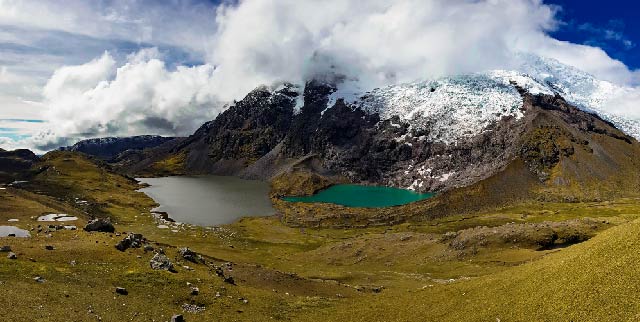
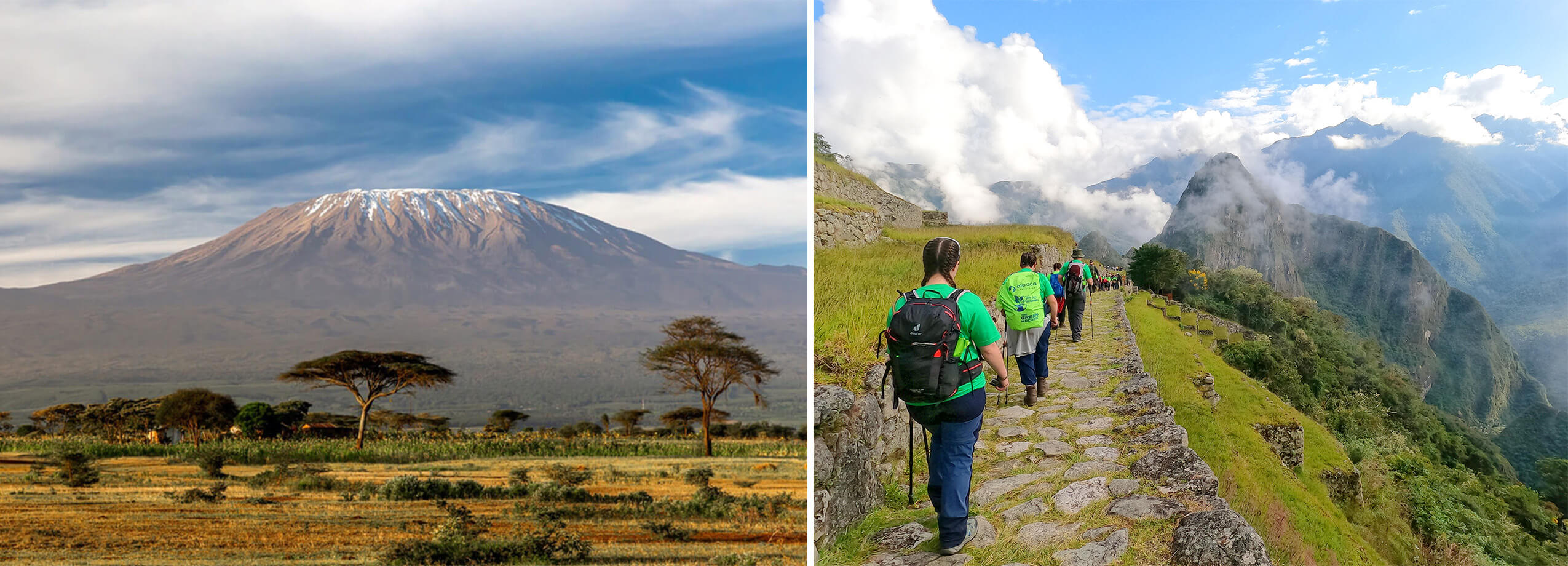
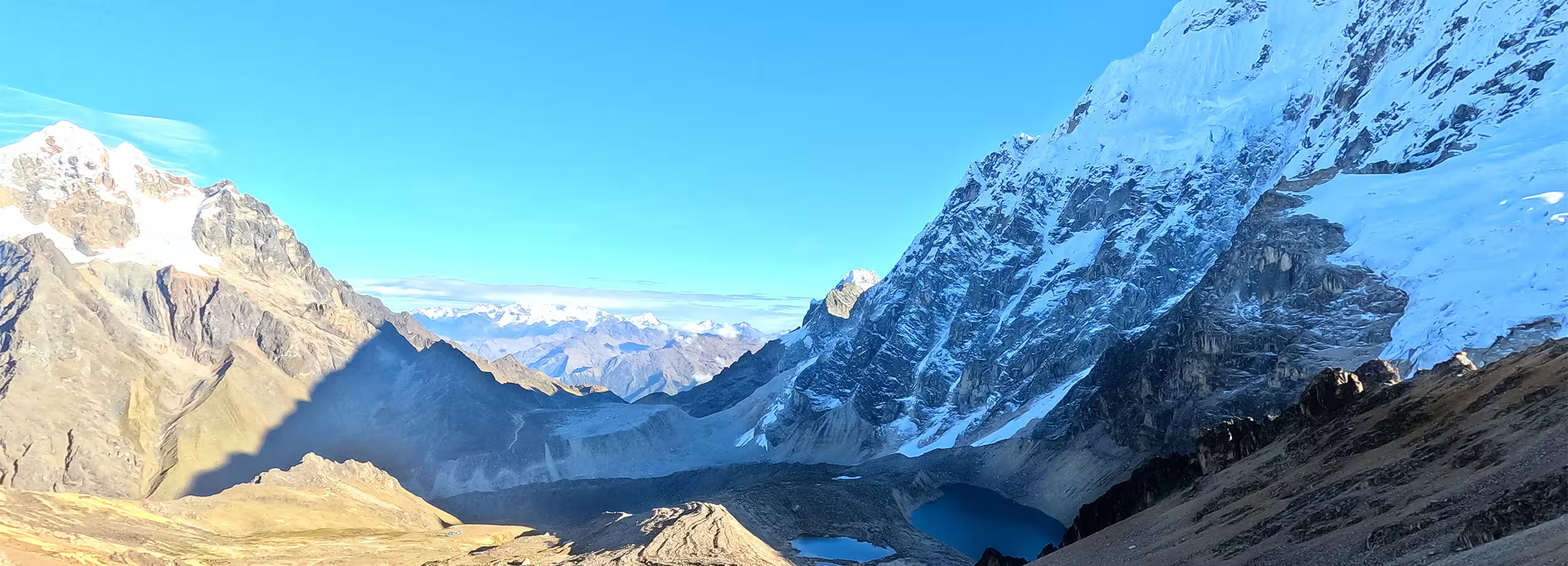
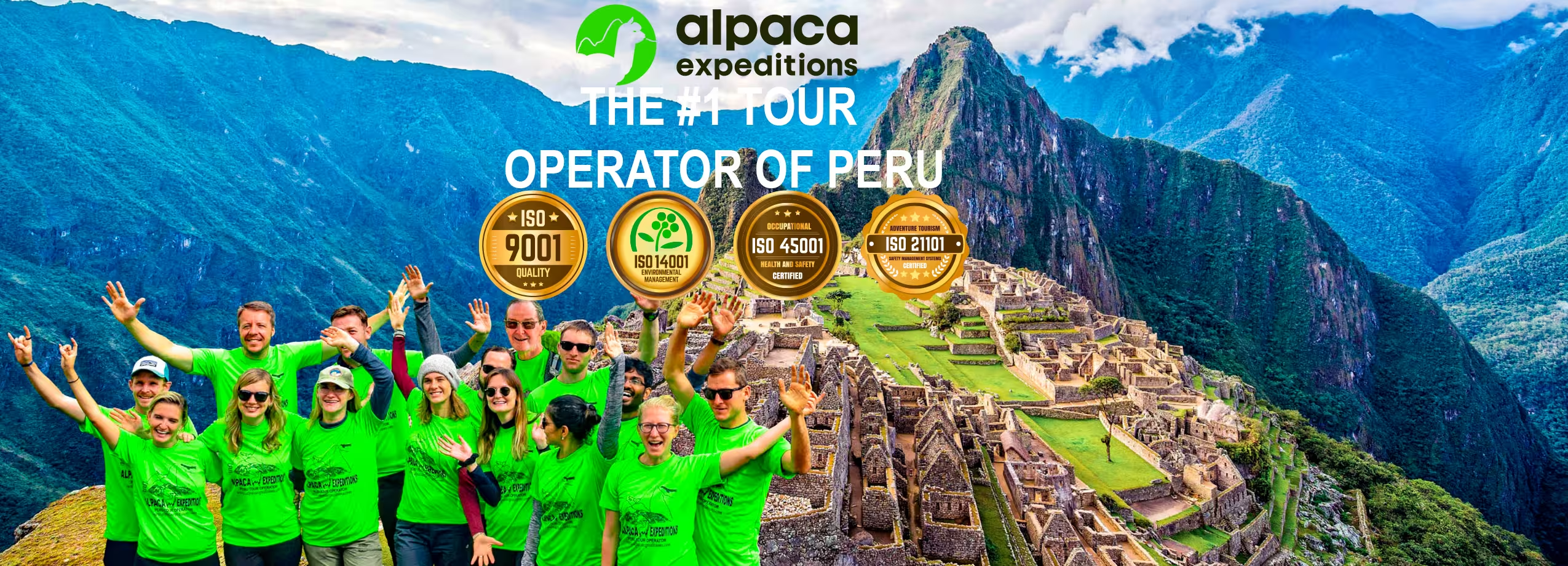
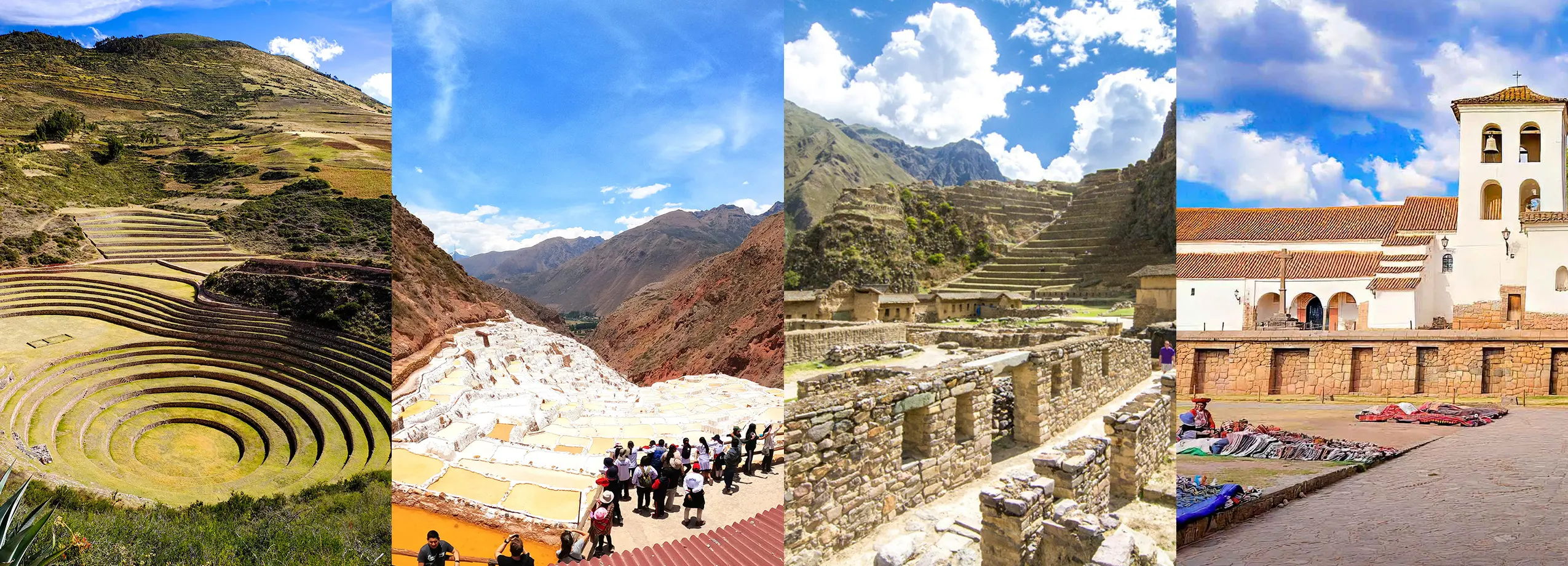
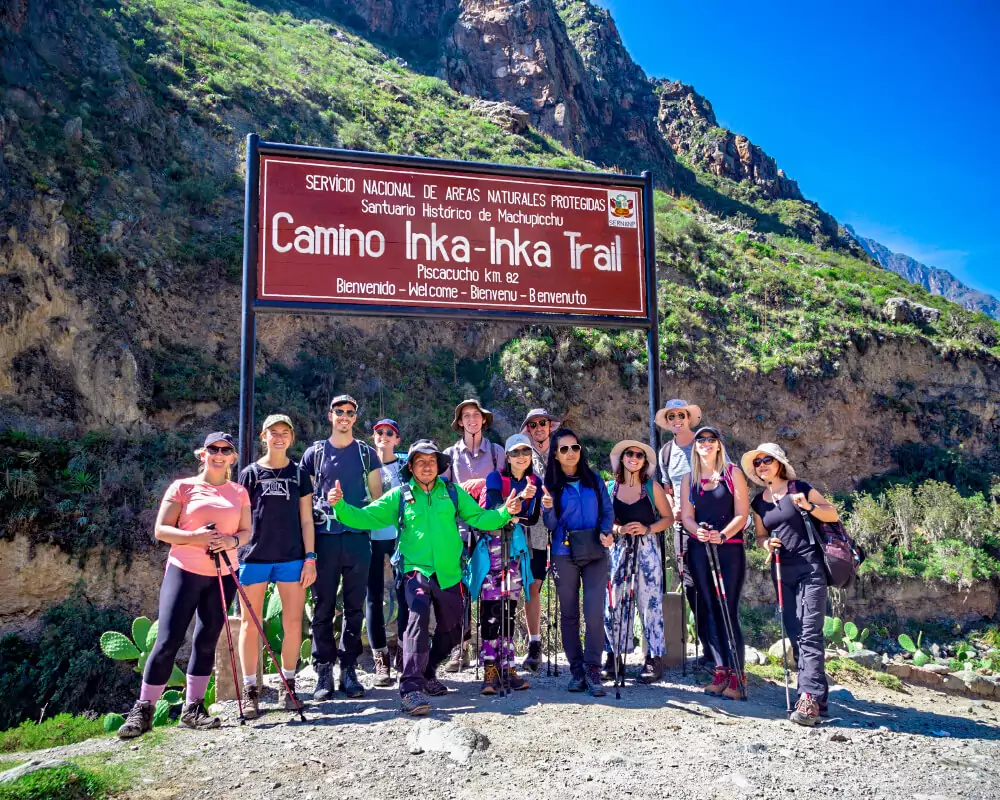
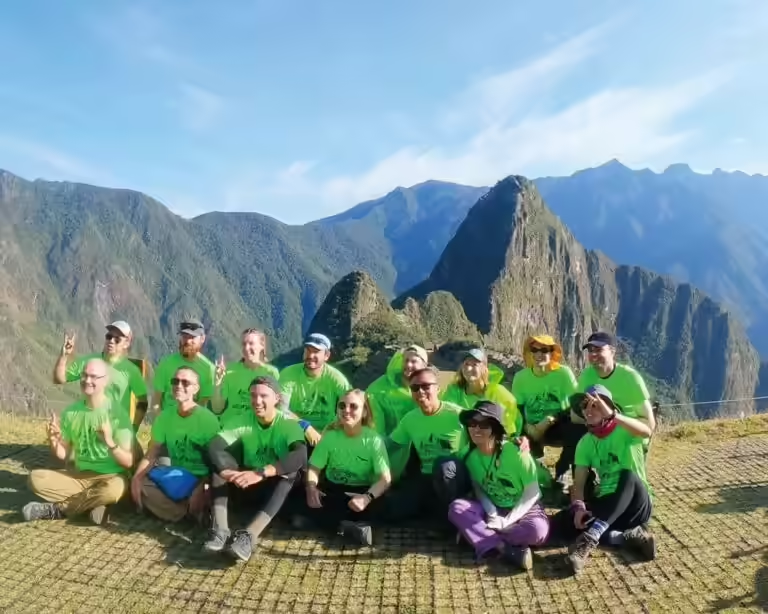
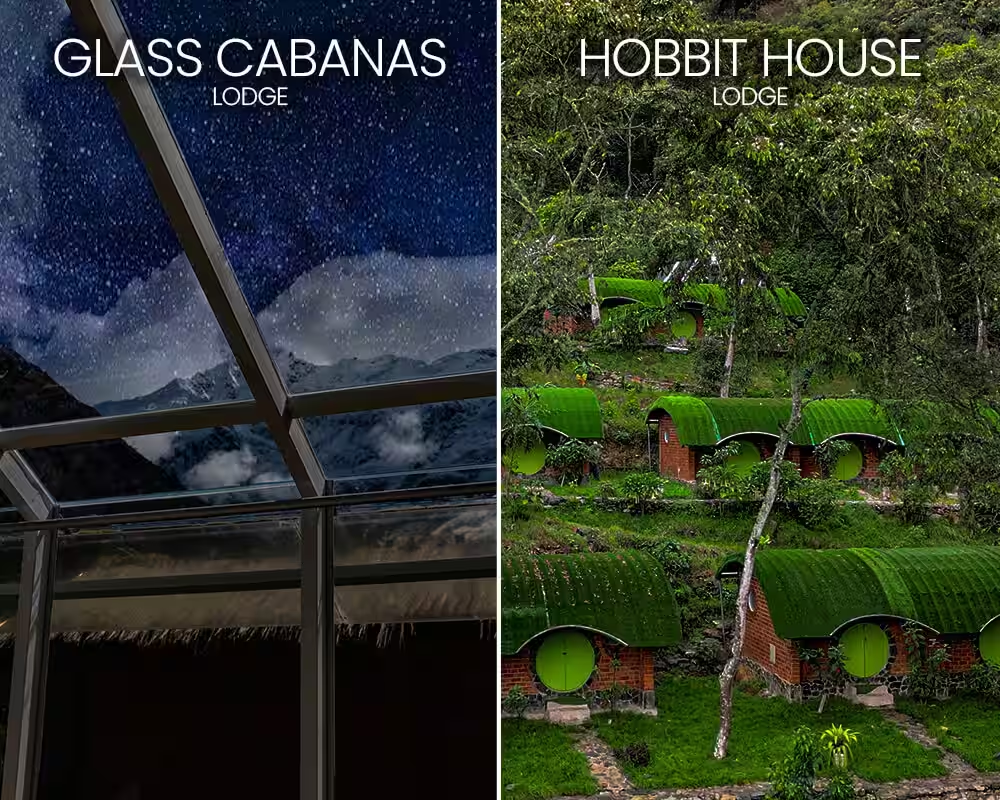


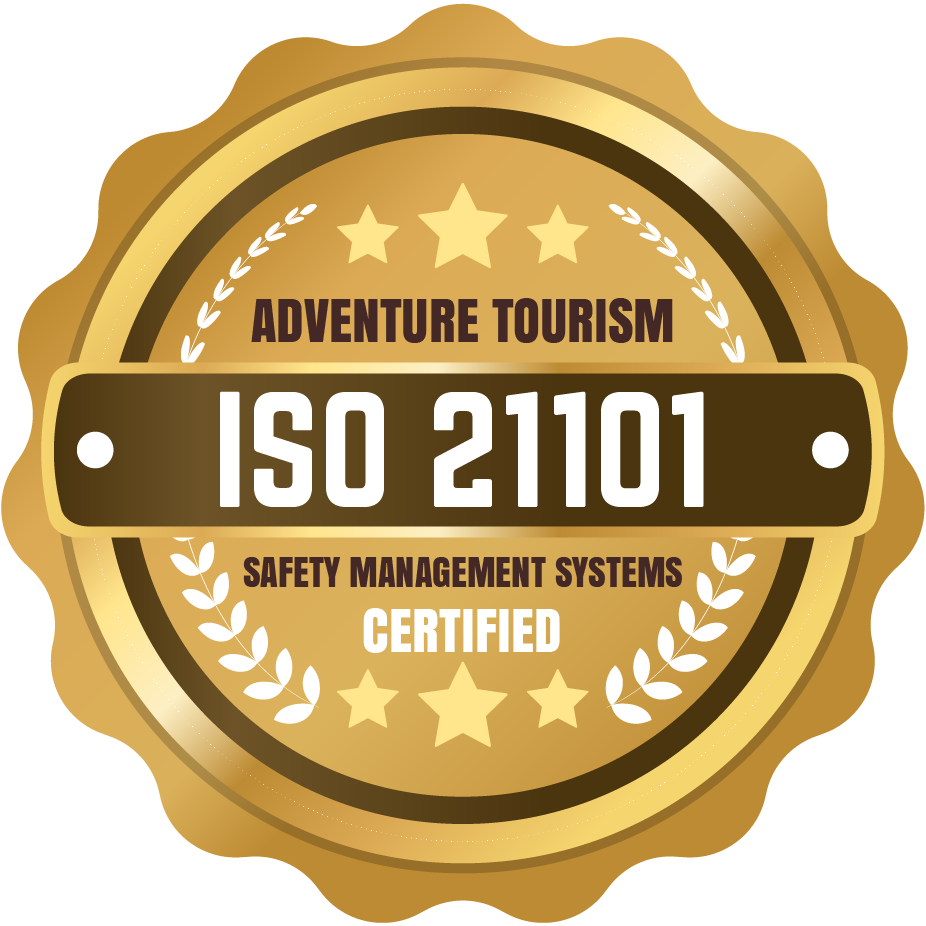
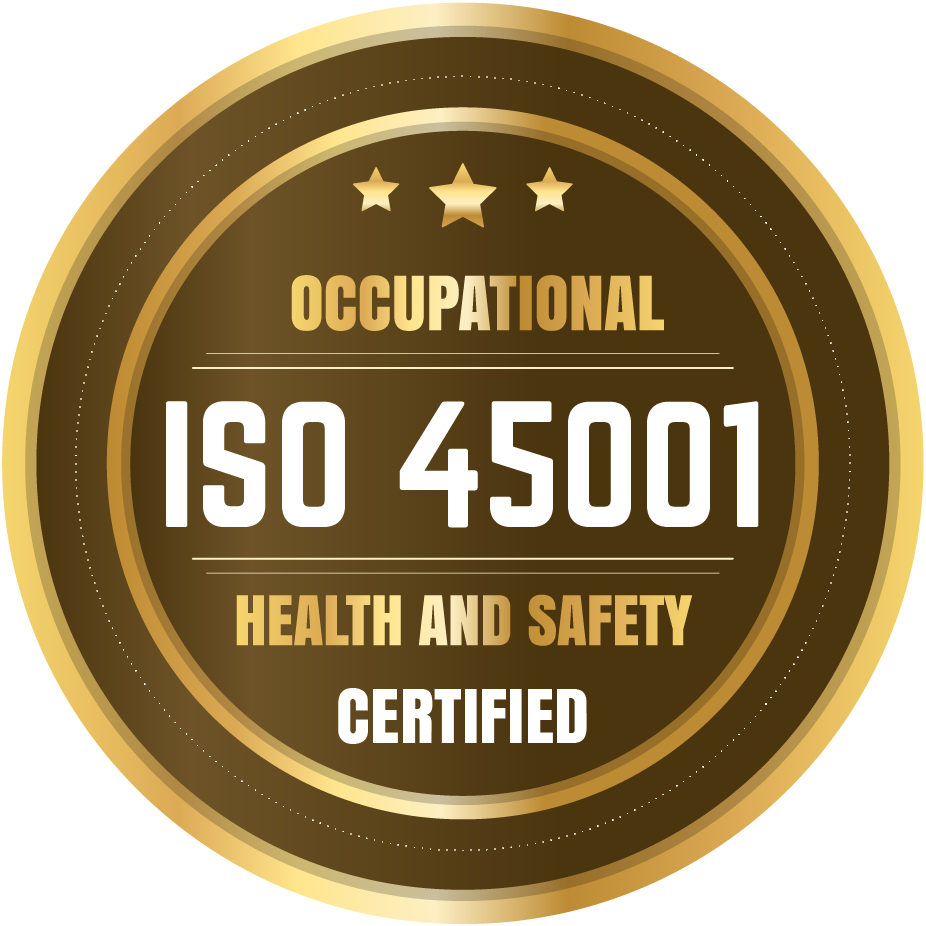
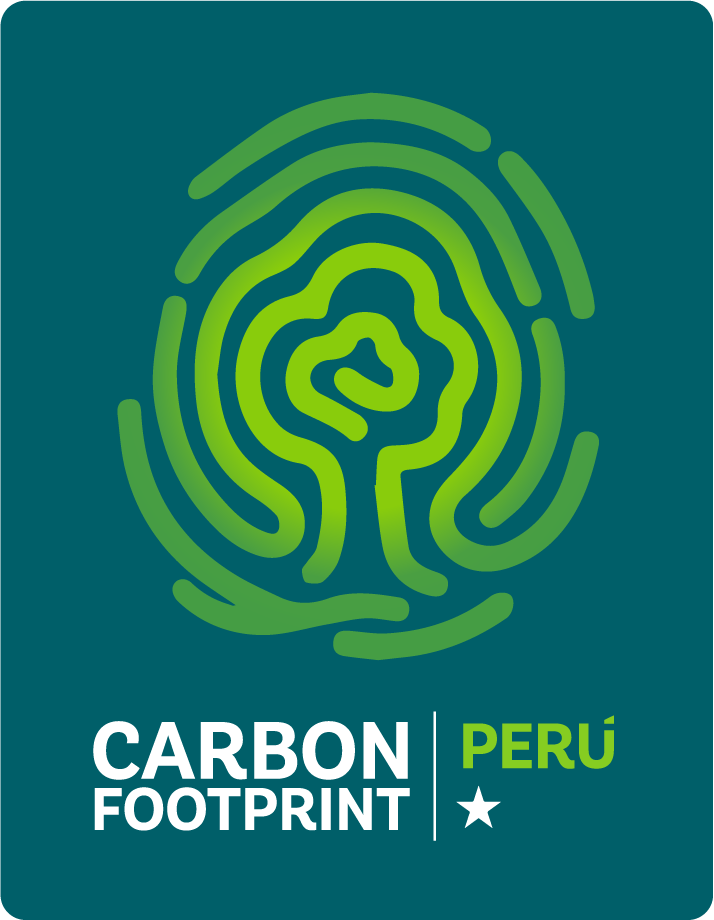
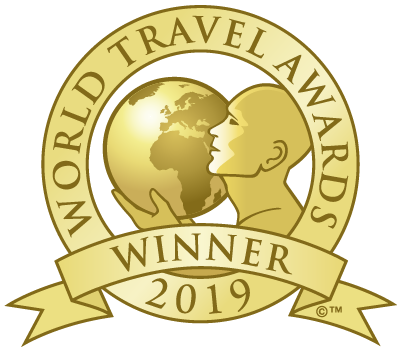
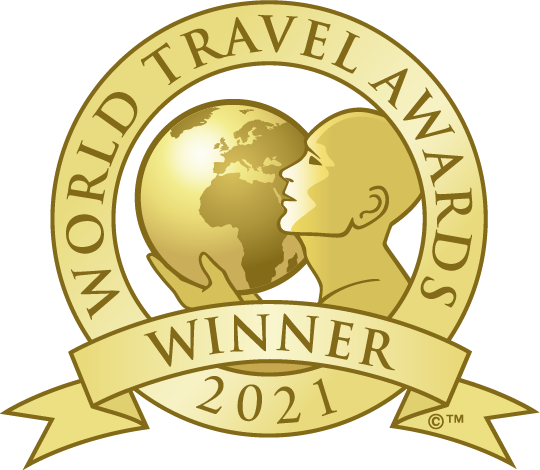







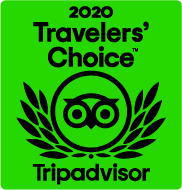
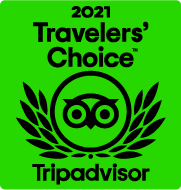
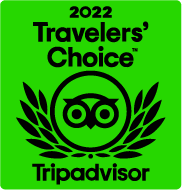
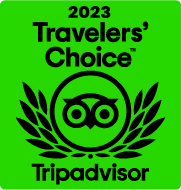
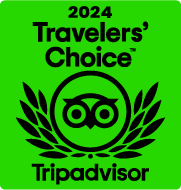














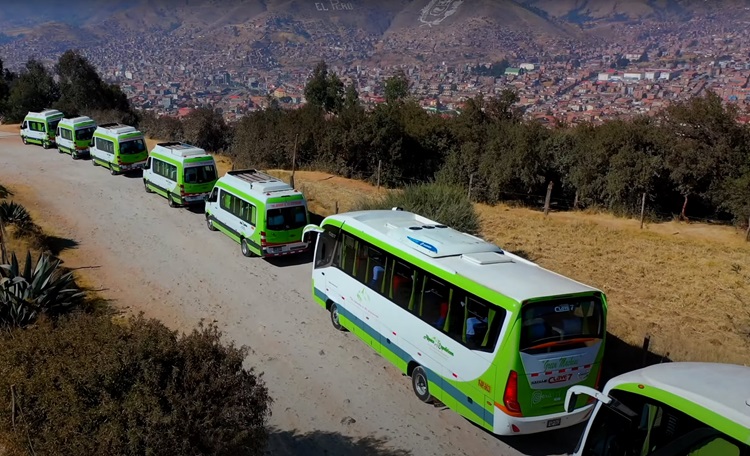
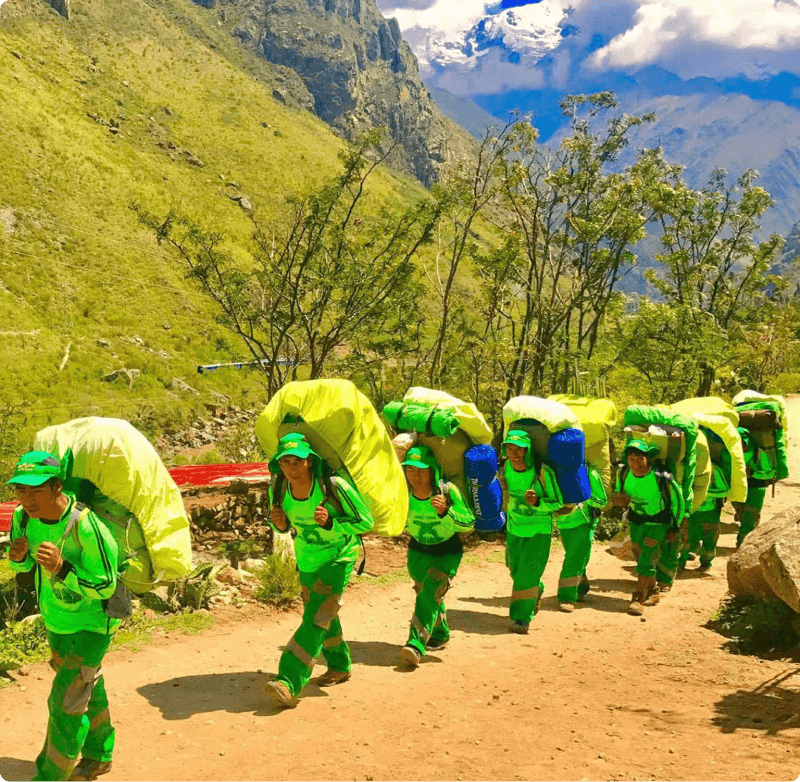 Porters will carry up to 7 kg of your personal items, which must include your sleeping bag and air mat (if you bring or rent one). From us, these two items weigh a combined total of 3.5 kg.
Porters will carry up to 7 kg of your personal items, which must include your sleeping bag and air mat (if you bring or rent one). From us, these two items weigh a combined total of 3.5 kg.